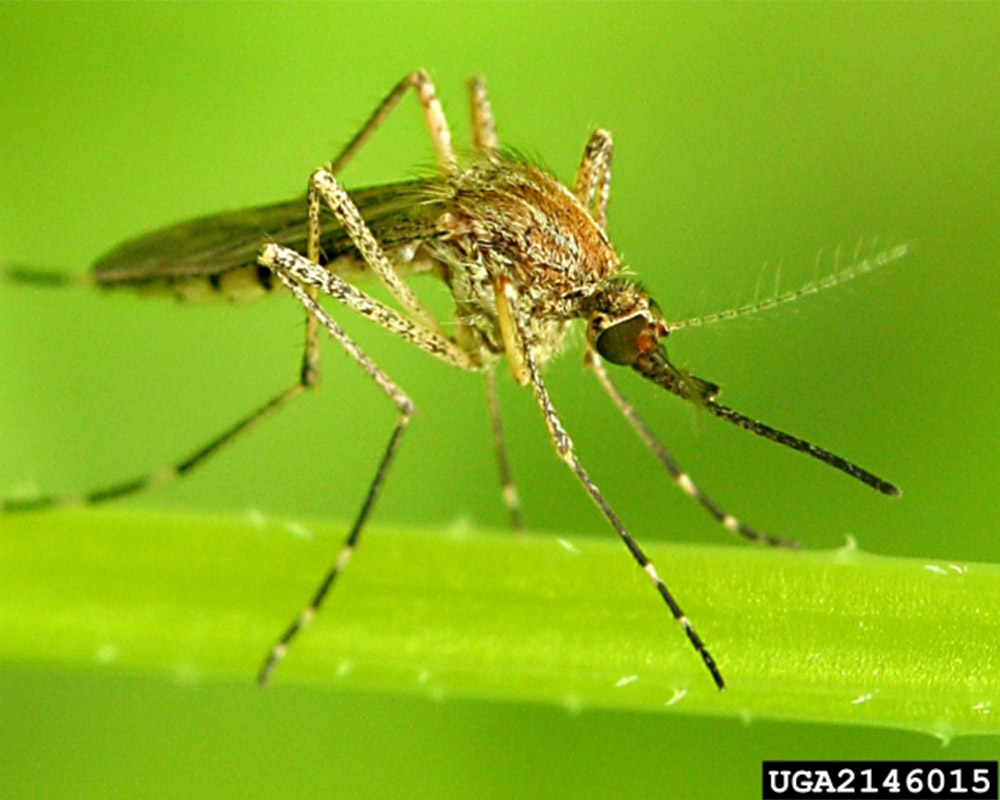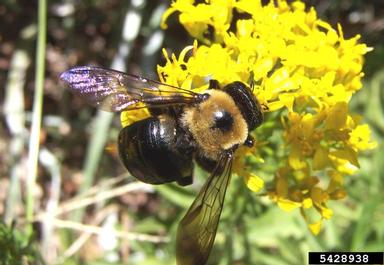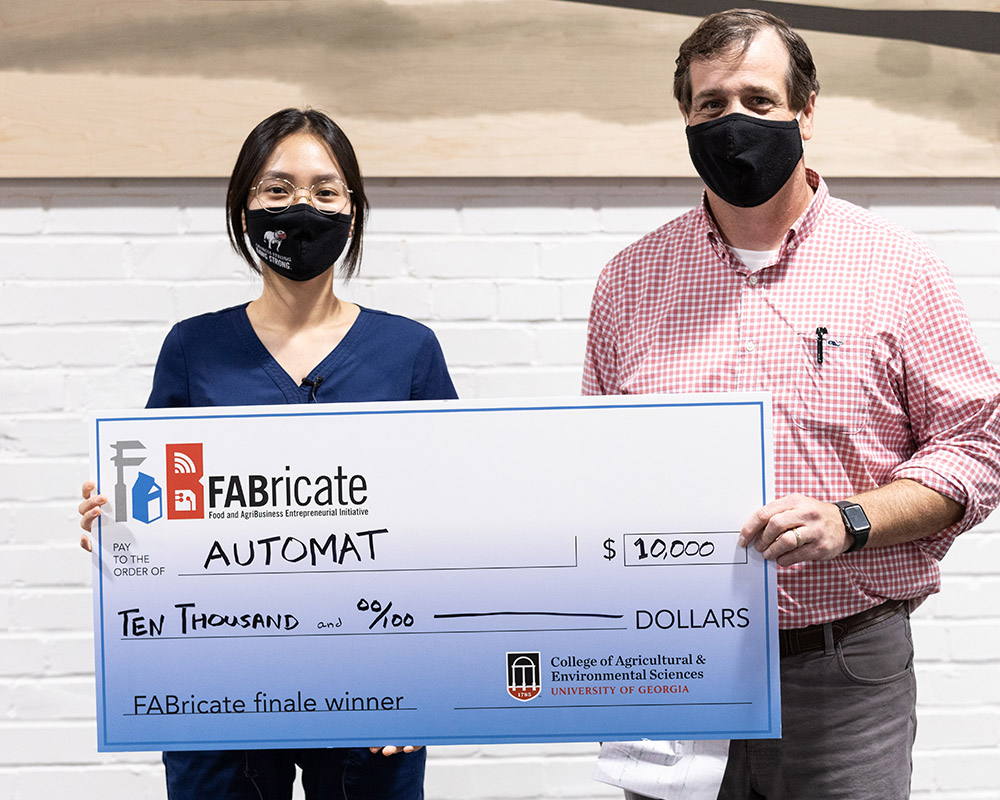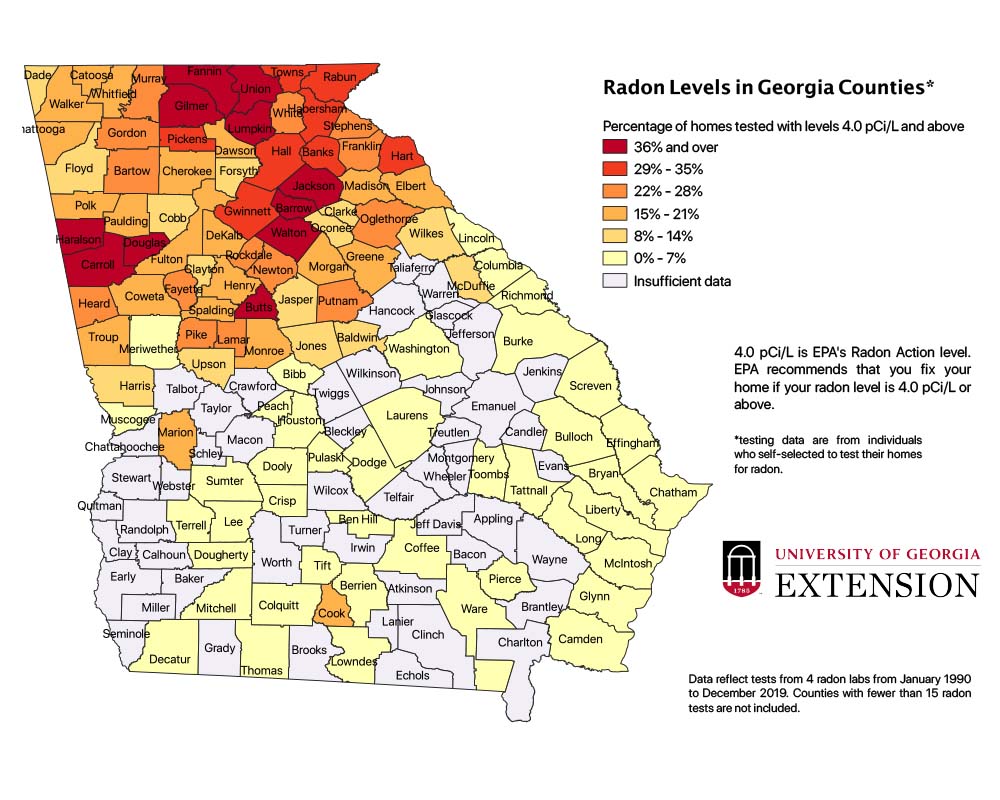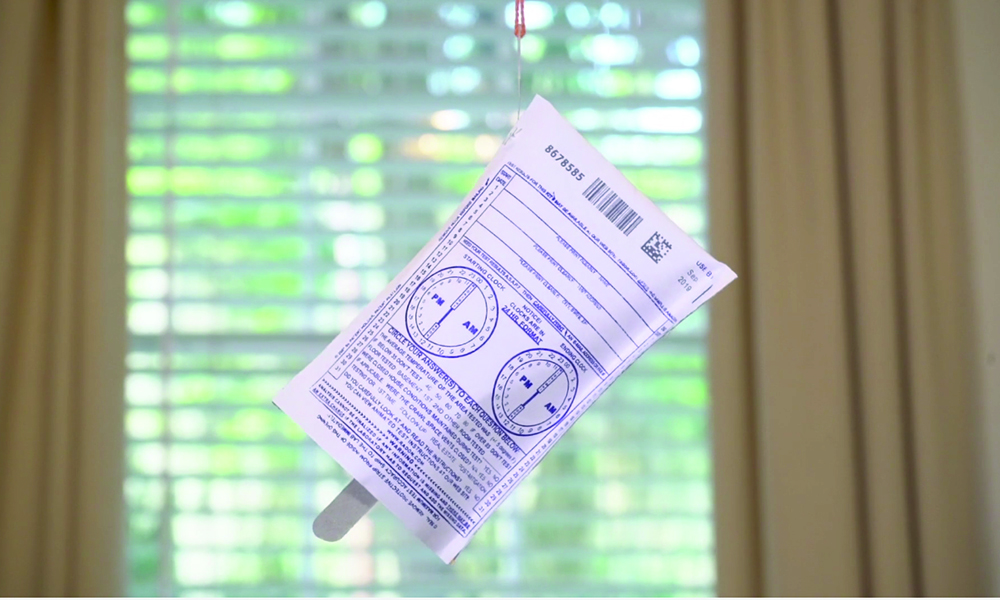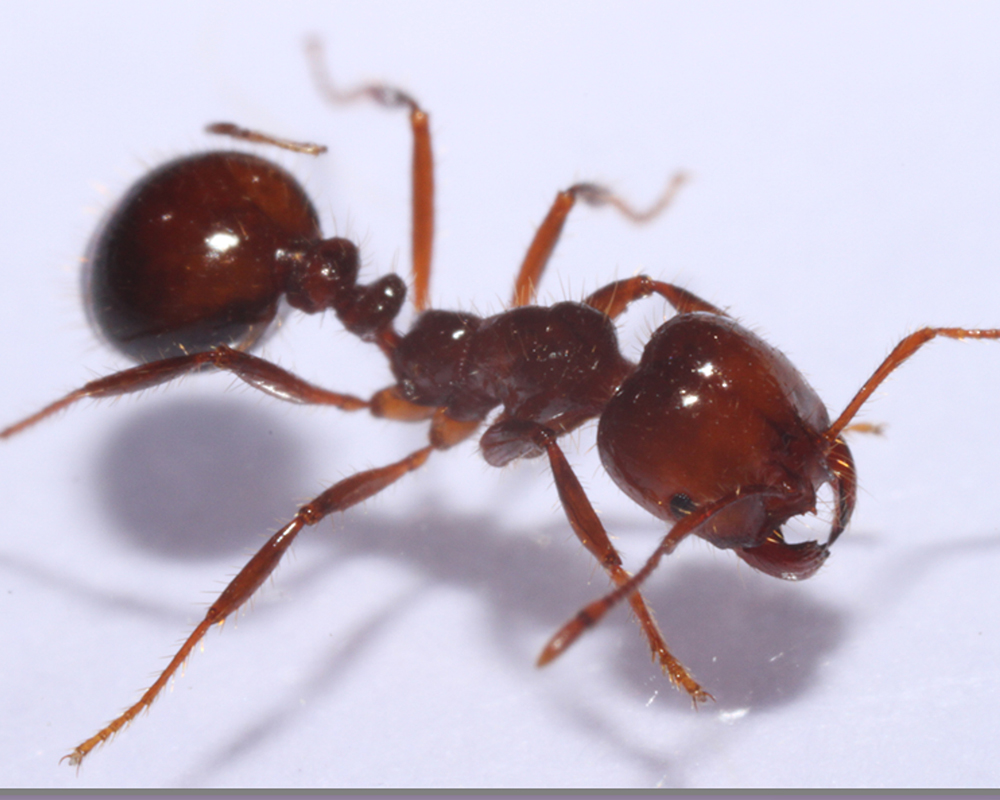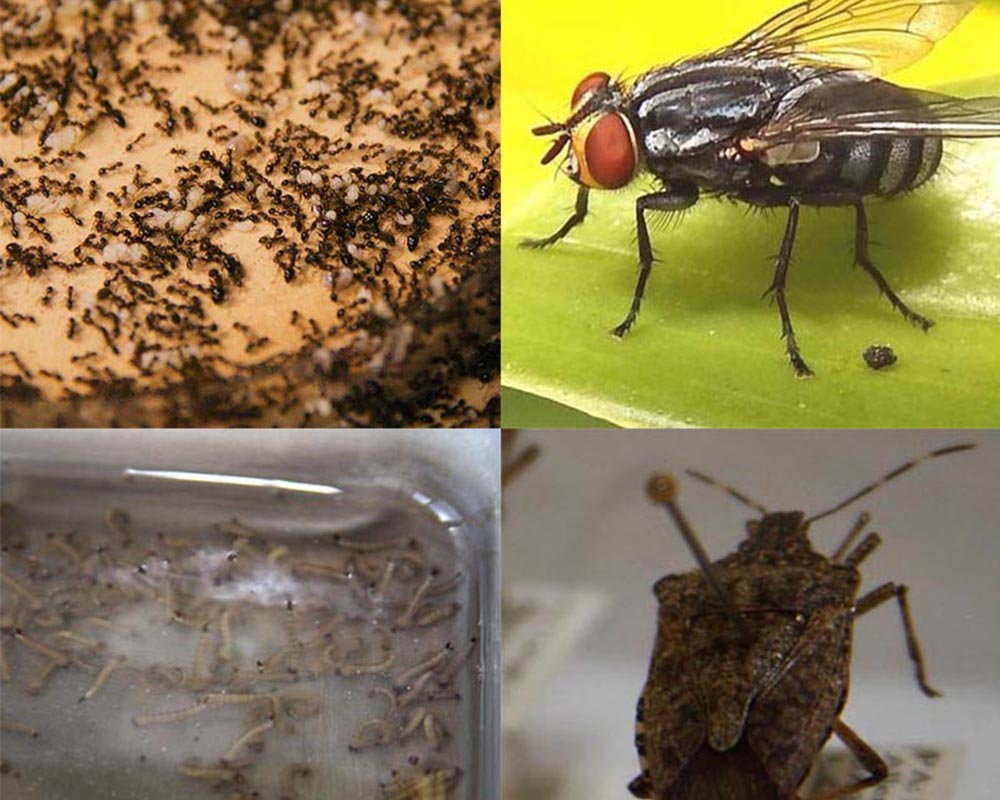 CAES News
CAES News
Summer Pests
As a University of Georgia Cooperative Extension agent, I see a lot of insects. People leave jars of them on my desk, send me photos or call me out to their gardens to identify them and give control recommendations.

